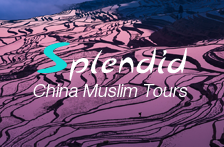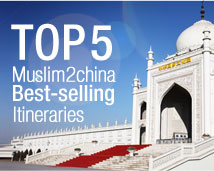
The both banks of the Tongtian River are relatively gentle massifs. After Qumar River, the mountains on the both sides gradually close to the river bank. The mountain on left bank is famous Bayan Har Mountains. The down section of the Tongtian River is with straight river course and stable river channel. But the current is turbulent, and the mountains on the both banks become higher. The Tongtian River becomes typical valley river. The natural geographical environment of the both banks of Tongtian River is complicated. Hence, there are pastures in various types. It is one of the important cattle-producing areas on upstream of the Yangtze River. There is famous Natural Reserve of the Three Rivers' Head Source.

The Natural Reserve of the Three River's Head Source is with distinctive and typical high altitude ecological system. The vegetation in the natural reserve includes aciculiailvae, broad-leaved forest, needle and broad-leaved mixed forest, bush fallow, pelouse, grassland, marsh, as well as hydrovegetation, cushion vegetation, sparse vegetation and other types. The wild animals there include 85 kinds of animals, 237 kinds of birds and 48 kinds of amphibia and reptilian. There are 69 kinds of animals under national protection, including the Tibetan antelope, wild yak, snow leopard, bharal, goa and so on.
Pilgrims who go to the Tongtian River to see the sutra bridge and Gyiana Mani stones usually make their stop first at Gyigu, after trekking over Bayankela Mountain, some 5,000 metres above sea level. On the 10th day of the 12th month in the Tibetan calendar which usually falls on the coldest days in January, the Saiba Monastery of the Gagyu Sect of Tibetan Buddhism holds ritual Mani celebrations by the Tongtian River. The monastery is the home of the Living Buddha, Renqen Cering. The celebration, which usually starts at about 10 am, attracts countless Tibetans from Gyigu and neighbouring villages. Many come from as far as the Tibet Autonomous Region and Sichuan, and some even try to do business.
Mani stones, products of Tibetan Buddhism, are considered small natural vehicles for Buddhists to pray, worship and communicate with the Buddha.

Buddhist mantras are seen on the icy surface of Tongtian River at Yushu Tibetan autonomous prefecture in northwest China's Qinghai Province on Jan. 20, 2014. Local Tibetan people write the Six Syllable Prayer with sands on the icy surface of the river, which is the so-called "sutra bridge". Lines of Tibetan letters are drawn on the ice first; then people carry sands and spread them to fill all the letters.







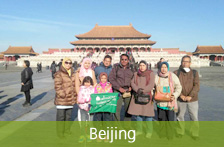
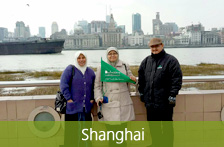
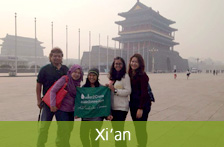
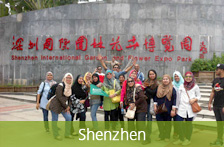

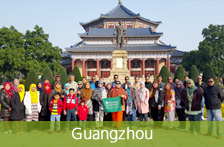
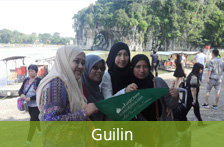
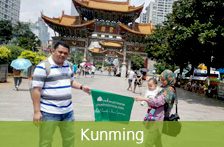
.jpg)





